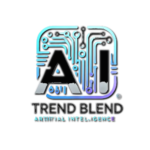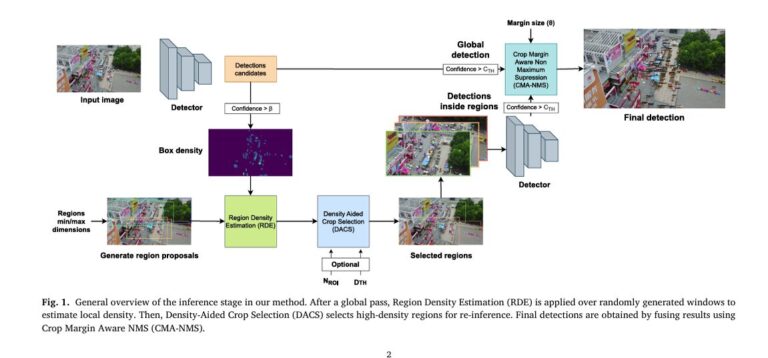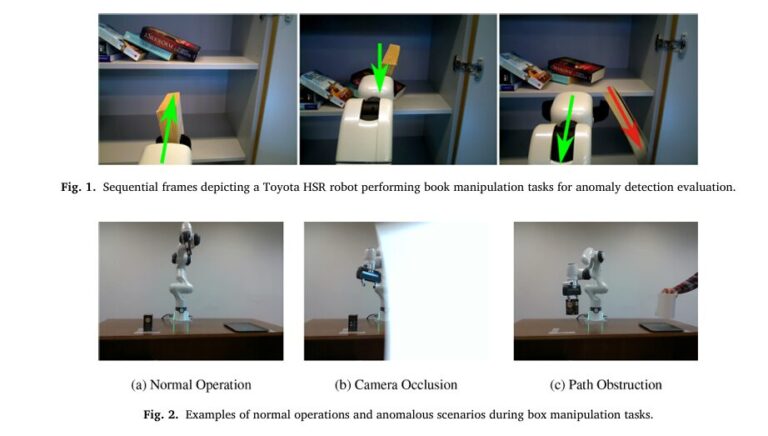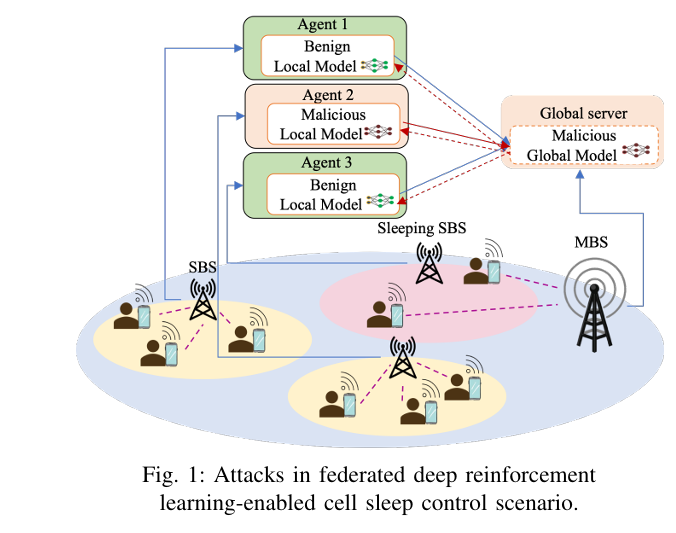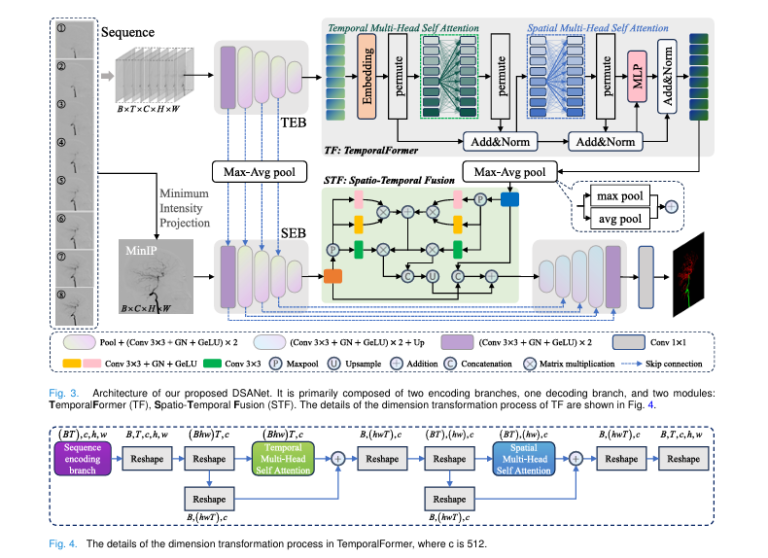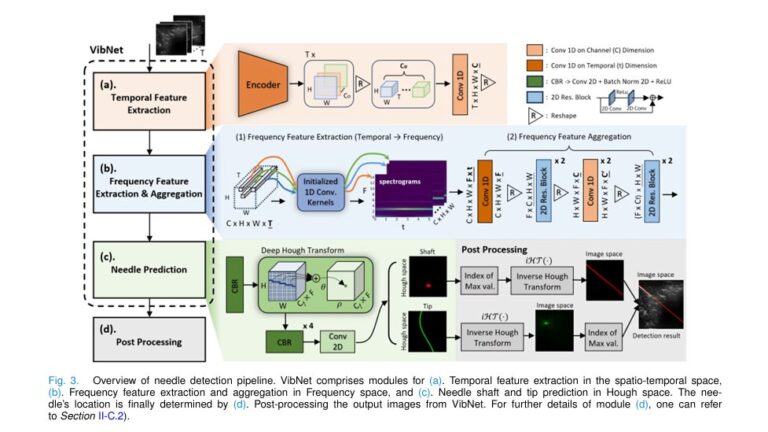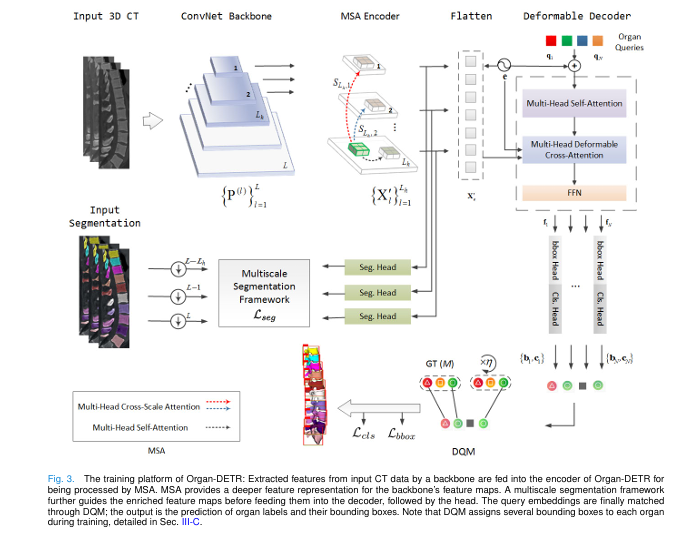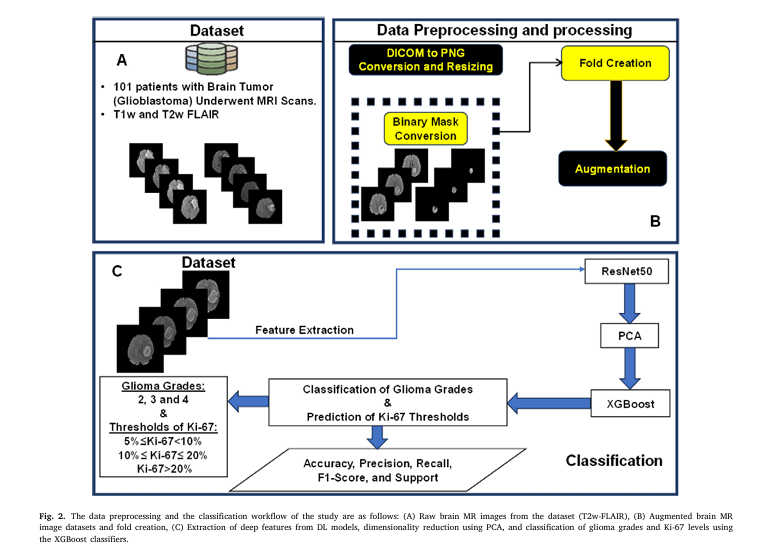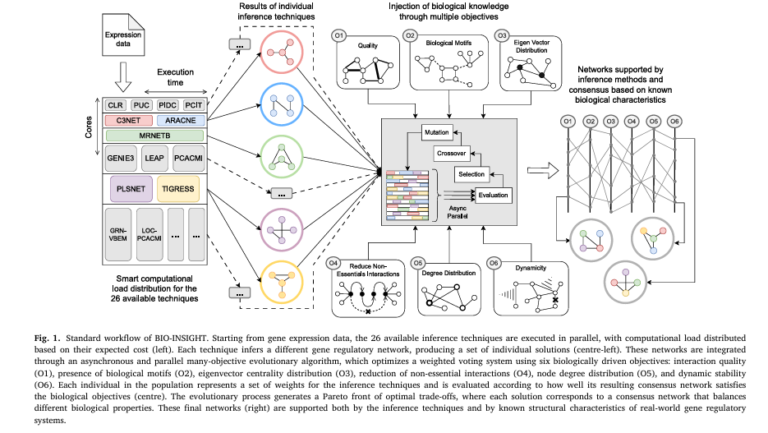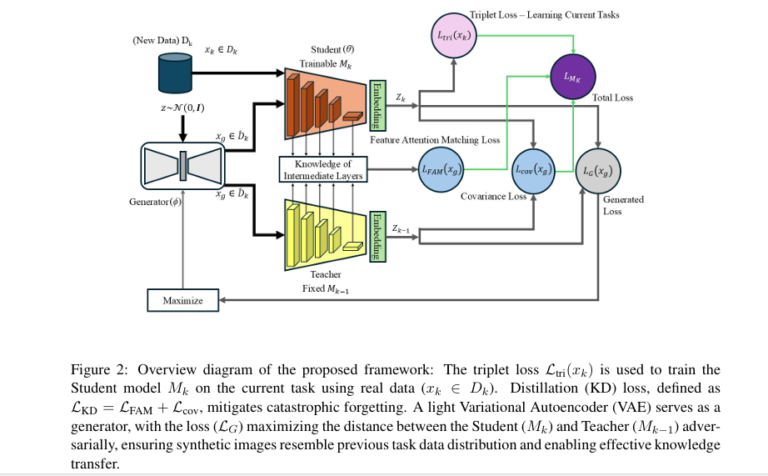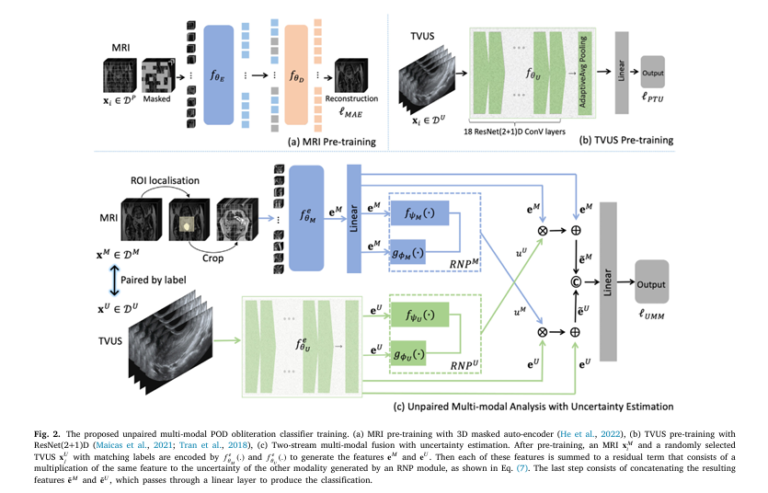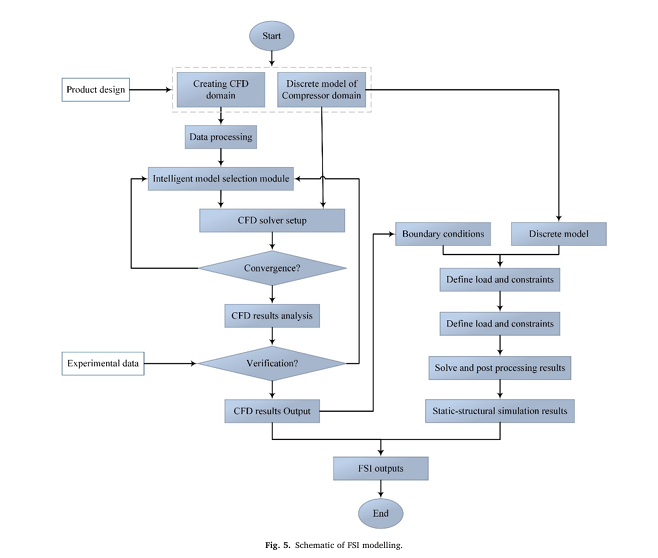
"Blending the future of AI with everyday trends, where innovation meets inspiration."
Latest Posts
Detecting tiny vehicles in drone footage. Spotting distant pedestrians in smart city surveillance. Identifying miniature components on a factory floor....
In the high-stakes world of AI-driven security, robotics, and industrial automation, detecting anomalies in real time is no longer optional—it’s essential....
In the race toward smarter, more efficient 5G and 6G wireless networks, federated learning (FL) has emerged as a revolutionary technology—promising privacy,...
Why Cerebral Artery Segmentation Is Failing—And How DSCA Changes Everything Every 40 seconds, someone dies from a cerebrovascular disease (CVD). Stroke,...
In the high-stakes world of ultrasound-guided medical procedures, one challenge has haunted clinicians for decades: the needle that disappears. Whether...
In the rapidly evolving world of medical imaging, accurate and fast 3D organ detection is no longer a luxury—it’s a necessity. From early cancer diagnosis...
Revolutionizing Brain Tumor Diagnosis: The Future of AI in Glioma Classification In the high-stakes world of neuro-oncology, accuracy saves lives — and...
7 Revolutionary Breakthroughs in Gene Network Mapping (And 1 Costly Mistake to Avoid) In the fast-evolving world of computational biology, one challenge...
Imagine an AI radiologist who, after learning to detect prostate cancer from MRI scans, suddenly forgets everything it knew about lung nodules when shown...
Endometriosis affects 176 million women worldwide, yet diagnosis takes an average of 7–10 years—a delay that devastates lives, careers, and fertility....
The Hidden Flaw in Traditional Knowledge Distillation (And How SLD Fixes It) In the fast-evolving world of AI and deep learning, model compression has...
In the rapidly evolving world of artificial intelligence, Spiking Neural Networks (SNNs) are emerging as a powerful yet underperforming alternative to...
In the rapidly evolving world of medical artificial intelligence, a groundbreaking new study titled “Uncertainty-Aware Multi-Expert Knowledge Distillation...
The Hidden Flaw in Modern AI Training (And How a New Paper Just Fixed It) In the race to build smarter, faster, and smaller AI models, knowledge distillation...
Introduction: The Silent Crisis in Skin Cancer Diagnosis Skin cancer is one of the most prevalent forms of cancer worldwide, with over 3 million cases...
In the high-stakes world of aerospace and energy systems, even a 1% gain in compressor efficiency can translate into millions in fuel savings, reduced...
In the high-speed world of automation, maglev trains, and precision manufacturing, linear induction motors (LIMs) are the silent powerhouses driving innovation....
Countdown Season 1 blasts onto Prime Video with high-octane action and unexpected emotional beats. In this 1500-word deep dive, we’ll unpack every aspect...
